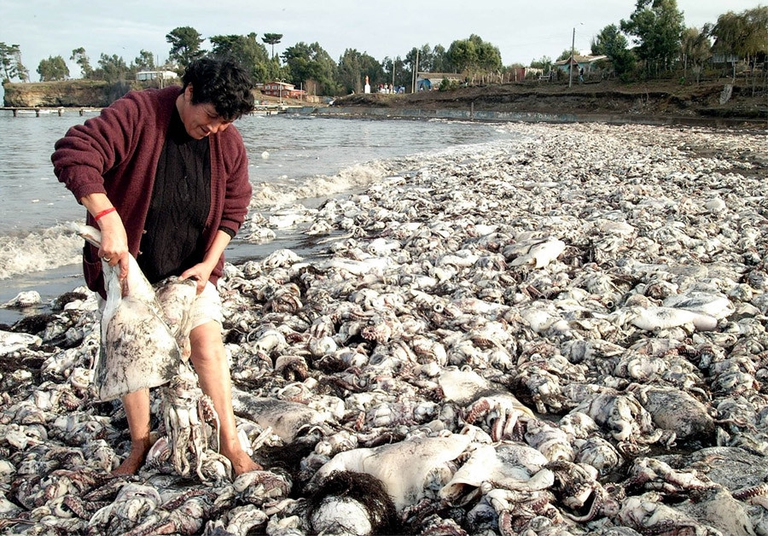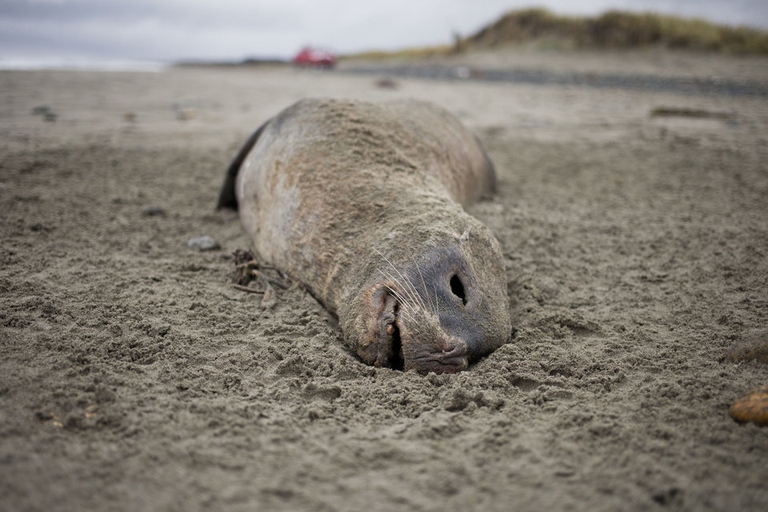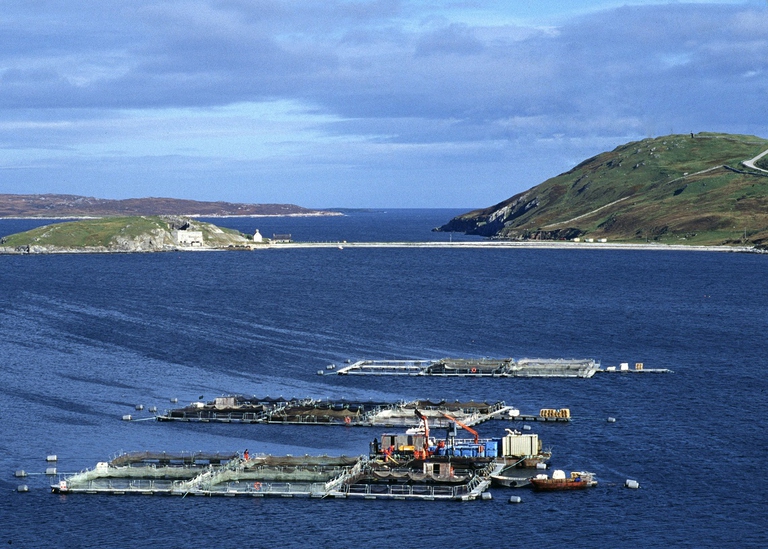
South African court dismisses a major lawsuit by 140,000 Zambian women and children against Anglo American for Kabwe lead poisoning. A setback for affected communities enduring the lasting impact of lead contamination.
Sea is the cradle of life, but Chilean waters have turned into a grave. Unprecedented red tide is killing millions of marine creatures in the Pacific Ocean, off the coast of Chiloé Island, in Los Lagos region, southern Chile. It is the largest die-off of marine wildlife in the country’s history. What caused the red
Sea is the cradle of life, but Chilean waters have turned into a grave. Unprecedented red tide is killing millions of marine creatures in the Pacific Ocean, off the coast of Chiloé Island, in Los Lagos region, southern Chile. It is the largest die-off of marine wildlife in the country’s history.
The red tide is an algal bloom that turns the seawater red. These algae produce poisonous toxins that – in large quantities – reduce oxygen in water, becoming lethal to marine wildlife.
Among the causes of the unusual algal proliferation is an increase in seawater temperatures combined with El Nino weather pattern. In fact, southern Pacific Ocean registered peaks in temperatures during last summer.
The red tide caused the death of an incredible variety of animal species, including sardines, jellyfish, shellfish, mussels, seals, sea birds and squid, and even altered whales’ migratory routes. In January, the catastrophe onset took place on the shores of the Chilean island of Santa María, with thousands of Humboldt squid (Dosidicus gigas) washed ashore. Ecosystems are perfect yet delicate mechanisms and changes risk threatening their survival. Animals that haven’t been affected directly, but ate other creatures’ carcasses, have been poisoned as well. Even creatures at the top of the food chain, namely humans, have symptoms of poisoning and have been hospitalised.
Beyond ecological damages, the phenomenon is also affecting Chile’s economy. Algae caused the death of over 20 million salmons, casing huge losses to the country, which is the world’s second producer after Norway.
Scientists say the phenomenon is caused by several concurrent factors, including the salmon industry. It would be responsible for the dumping of dead fish and nitrogenous substances that, by accumulating, favour the blooming of toxic algae. Fishermen took to the streets in Chiloé over the past few days to protest against salmon multinationals.
Siamo anche su WhatsApp. Segui il canale ufficiale LifeGate per restare aggiornata, aggiornato sulle ultime notizie e sulle nostre attività.
![]()
Quest'opera è distribuita con Licenza Creative Commons Attribuzione - Non commerciale - Non opere derivate 4.0 Internazionale.
South African court dismisses a major lawsuit by 140,000 Zambian women and children against Anglo American for Kabwe lead poisoning. A setback for affected communities enduring the lasting impact of lead contamination.
Controversial African land deals by Blue Carbon face skepticism regarding their environmental impact and doubts about the company’s track record, raising concerns about potential divergence from authentic environmental initiatives.
Majuli, the world’s largest river island in Assam State of India is quickly disappearing into the Brahmaputra river due to soil erosion.
Food imported into the EU aren’t subject to the same production standards as European food. The introduction of mirror clauses would ensure reciprocity while also encouraging the agroecological transition.
Sikkim is a hilly State in north-east India. Surrounded by villages that attracts outsiders thanks to its soothing calmness and natural beauty.
Sikkim, one of the smallest states in India has made it mandatory for new mothers to plant saplings and protect them like their children to save environment
Chilekwa Mumba is a Zambian is an environmental activist and community organizer. He is known for having organized a successful lawsuit against UK-based mining companies.
What led to the Fukushima water release, and what are the impacts of one of the most controversial decisions of the post-nuclear disaster clean-up effort?
Nzambi Matee is a Kenyan engineer who produces sustainable low-cost construction materials made of recycled plastic waste with the aim of addressing plastic pollution and affordable housing.










